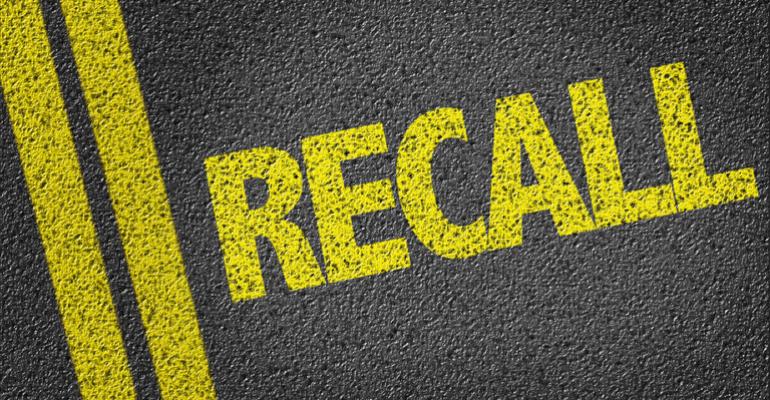A way to boost vehicle owners’ recall response rates – which vary by age and income groups – is a team effort that includes not just automakers but also car dealers and even state departments of motor vehicles.
That’s a takeaway from the Society of Automotive Analysts’ annual Recall Summit that focuses on a multibillion-dollar facet of the auto industry: fixing defects emanating from design and manufacturing processes.
Those flaws range from major parts that could fail while vehicles are in operation to door latches that don’t work right.
“By and large, the recall process works well, with most getting completed, but a lot don’t,” says Raymond Roth, director-disputes, compliance and investigations at Stout, a company that tracks recalls.
Although recall notification responsibility rests mainly with automakers, others should participate in alerting and reminding affected consumers to take care of mandated fixes, Roth says.
“It should be tackled collectively, not only by manufacturers,” he says, citing dealerships and DMVs. “So many organizations touch consumers.”
Dealers are touch points because of their face-to-face relationship with consumers and also because they perform the required recall-resolution service work. Manufacturers also pay them to do it, an added incentive to participate in the notification process.
NHTSA or automakers themselves initiate recalls.
In a pilot program, NHTSA has given financial grants to DMVs in California, Texas and Ohio to remind drivers if their vehicles are part of an open recall.
“Some recalls underperform,” conference participant Alex Ansley, NHTSA’s recall manager, says of completion rates.
The lowest completion rate (52%) occurred in 2021, he says. The high water mark was 72.9% in 2018.
Last year saw 932 recalls affecting 30.8 million vehicles in the U.S. “It’s growing,” Ansley says. (See chart below story.)
Roth says a driving force behind the increase is the growing complexity of modern vehicles.
“There are 25,000 unique parts” in a typical vehicle, he says. “In that context, maybe the industry is not doing so bad. But no one wants anyone to get hurt.”
Automakers that foot-drag in initiating recalls when they become aware of a problem draw the ire of regulators, says Jennifer Timian, who worked at NHTSA for 18 years and now owns JTT Safety Compliance Specialty. “It leaves regulators wondering what the heck is going on at that company.”
Most recalls involve vehicles that are three years old or newer, says Robert Levine, a Stout director. “Owners of those models are easier to reach.”
The opposite is the case as vehicles age.
“It is difficult to keep track of who the owner is,” adds Michael Brodine, a senior product analyst at research firm LexisNexis Risk Solutions. It did a study on recall responders and non-responders.
It’s largely generational, he says. “People under age 50 are less likely to respond to recall notices.”
Other study findings include:
- Non-responders tend to live at a residence for shorter periods.
- Millennials (born between 1981 and 1996) are less likely to respond to a mailed recall notice. “Many of them work long hours and don’t have the time to take their vehicles in,” says Brodine.
- Recall responders are more likely to live in higher-income households ($75,000 a year and over).
- Recall responders are more risk-averse.
Recalls vary by vehicle brand, according to a separate study by iSeeCars, a data-driven car-search and research company.
Its analysis indicates Tesla, BMW, Jeep and Porsche have the most-recalled models. Tesla’s Model Y, Model 3, Model X and Model S rank in four of the top five spots.
Mercedes-Benz, Lexus and Toyota are among the least-recalled models.






